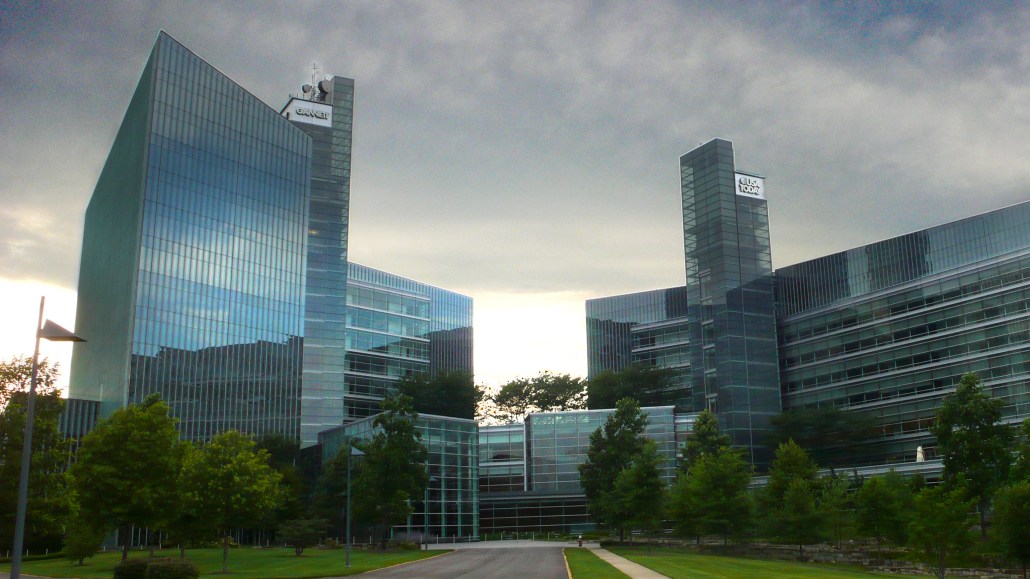
USA Today is in the midst of rethinking what it’s all about. Gone is the mindset of being a national newspaper; in is the goal of establishing itself as a national news brand on several platforms — and yes, that includes print. USA Today president and publisher Larry Kramer explained the strategy at the Digiday Publishing Summit.
They believed they had a great brand, an iconic brand. They wanted to see if they could preserve some of the values of that brand in being something other than just a newspaper. When I came into talk to them it was, “Can you save this brand and build a future for it?” The plan is to reinvent it as a news brand on every platform.
Kramer, who is a 40-year publishing veteran and was the founder of MarketWatch, spoke on why print is still critical to the company, lessons USA Today has learned in adopting a digital metabolism, and why having a critical brand is more important than ever. Some highlights:
The advantages of print
“Print is far better for discovery. The better digital gets at what you want the less able you are to discover something you never thought of. If you’re turning the papers of a paper or magazine or TV, you’re likely to see something you didn’t ask for, and it’s a big palette.”
The limits of online targeting
“We’re still pretty crude at targeting. I bought a Brooks Brothers shirt online six months ago. For the next six weeks every site I went to showed me nothing but Brooks Brothers shirts. Give me socks, give me something, I got the shirt already. That meant I didn’t see a bunch of ads for people who are trying to get me into their purchase funnel.”
Innovation in print
“Our local papers have a section of USA Today as their national news section. It’s replacing all the wires they use. Because they get an edition of USA Today, the story is being told the way we tell a story. Everyone knows they’re getting USA Today. It’s like TV news: local news and national news.”
Developing new digital news brands
“It’s hard to get through the news to establish yourself. Part of the problem is on the web we all look the same. on the Web. Every photo is reproduced to the same quality, it’s easy to use a similar typeface and to look similar. That dilutes credibility early. Once you get burned, you start worrying who you can trust. It’s one of the reason the traditional news brands have lasted as long as they have.”
Clickbait and lasting brands
“[Viral publishers] spend more time on headlines than we do. On the other hand, they overreach on the headline. You go there and you realize the story is not as sexy as the headline would make you think. If you do that enough, it sets you back. You can’t build a credible brand short term.”
Watch the full video of Kramer’s interview below.
Image via Wikipedia
More in Media

Digiday+ Research: Publishers’ growing focus on video doesn’t translate to social platforms
Major publishers have made recent investments in vertical video, but that shift is not carrying over to social media platforms.

Technology x humanity: A conversation with Dayforce’s Amy Capellanti-Wolf
Capellanti-Wolf shared insight on everything from navigating AI adoption and combating burnout to rethinking talent strategies.

How The Arena Group is rewriting its commercial playbook for the zero-click era
The company is testing AI-powered content recommendation models to keep readers moving through its network of sites and, in doing so, bump up revenue per session – its core performance metric.





